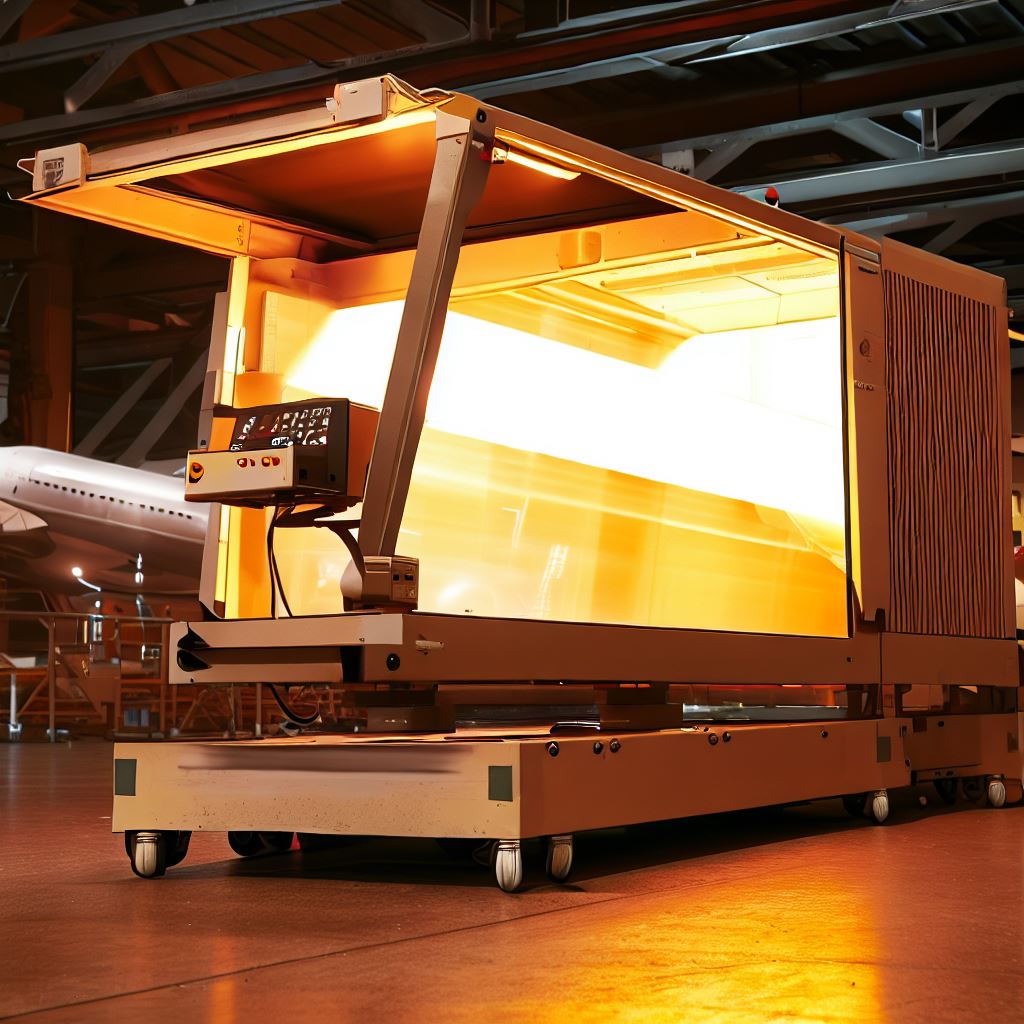Subtitle: Exploring the Latest Innovations in Air Cargo Screening
Introduction
The transportation of goods via air cargo is a crucial aspect of international trade and commerce. Ensuring the safety and security of air cargo is paramount to protect against potential threats. In recent years, there has been significant progress in the development of advanced air cargo screening technologies, revolutionizing the way security measures are implemented.
In this blog post, we will explore the latest advancements in air cargo screening technologies. We will discuss how these technologies enhance security and efficiency, and provide actionable insights on their implementation. Whether you are an air cargo operator, a logistics professional, or simply interested in the field, this post will offer valuable information to stay ahead in the industry.
The Importance of Air Cargo Screening
Air cargo screening plays a vital role in maintaining the integrity of the aviation industry. It is crucial for the prevention of illicit activities such as terrorism, smuggling, and the transportation of hazardous materials. Effective screening methods identify potential threats and allow authorities to take necessary actions, ensuring safe transportation and protecting both individuals and property.
Traditional Screening Methods
Traditional air cargo screening methods primarily relied on manual inspections, X-ray scanning, and explosive trace detection (ETD). While these methods have been effective to some extent, they are time-consuming and have limitations in detecting certain non-metallic threats.
Advanced Air Cargo Screening Technologies
An array of advanced technologies has emerged in recent years, offering enhanced security and streamlining air cargo screening processes. Let’s delve into the advanced screening technologies that are transforming the industry:
- Advanced X-ray Imaging Technology: High-resolution X-ray scanners are now equipped with advanced image analysis algorithms. These algorithms provide detailed images of cargo contents, allowing operators to identify potential threats more accurately. Moreover, some systems employ artificial intelligence (AI) and machine learning algorithms to detect abnormalities and improve the overall screening efficiency.
- Computed Tomography (CT) Scanners: CT scanners offer 3D imaging, allowing for a detailed analysis of the cargo’s internal structure. This technology is particularly effective in identifying concealed threats within complex cargo arrangements. Furthermore, the latest CT scanners utilize sophisticated algorithms to differentiate between harmless and potentially dangerous items, minimizing false alarms.
- Explosive Detection Systems: Explosive detection technologies have also evolved significantly. Trace detection machines using advanced ion mobility spectrometry (IMS) technology can rapidly detect trace amounts of explosives. Additionally, advanced technologies, such as molecularly imprinted polymers (MIPs) and sniffer dogs, provide enhanced detection capabilities for a broad range of explosive materials.
- Radiofrequency Identification (RFID) Technology: RFID technology is increasingly being incorporated into air cargo screening processes. RFID tags and scanners enable real-time cargo tracking and monitoring, preventing unauthorized tampering and theft during transportation. These tags can also store essential information about the cargo, facilitating efficient customs processing.
- Advanced Data Analytics: The integration of advanced data analytics into air cargo screening systems is a game-changer. By analyzing vast amounts of historical and real-time data, authorities can identify patterns, trends, and indicators of potential threats. This predictive analysis improves risk assessment and facilitates smarter decision-making in air cargo security.
Implementing Advanced Air Cargo Screening Technologies
While incorporating advanced air cargo screening technologies is beneficial, their successful implementation requires careful planning and coordination. Here are some key points to consider:
- Security Infrastructure: Airports and cargo facilities need to invest in state-of-the-art infrastructure to accommodate advanced screening technologies. This includes dedicated scanning areas, secure storage for confiscated items, and proper integration with existing security systems.
- Training and Education: Operators and security personnel must receive comprehensive training on utilizing advanced screening technologies effectively. Proper knowledge of the systems and their capabilities is vital to maximize security levels and minimize operational disruptions.
- Regulatory Compliance: Compliance with international regulations, such as those set by the International Civil Aviation Organization (ICAO) and the Transportation Security Administration (TSA), is essential. Air cargo operators must stay updated with the latest requirements and standards, ensuring seamless compliance during screening processes.
- Collaboration and Information Sharing: Establishing partnerships and sharing information among relevant stakeholders, such as airlines, government agencies, and technology providers, is crucial for successful implementation. Collaborative efforts enable the exchange of best practices, insights, and intelligence to combat evolving threats effectively.
Case Studies
Let’s take a look at how advanced air cargo screening technologies have been successfully implemented in two real-world scenarios:
- Case Study 1: Schiphol Airport, Netherlands: Schiphol Airport implemented an advanced CT scanning system, allowing for more efficient and accurate screening of air cargo. The technology has significantly improved the speed of inspections while maintaining high levels of security, ensuring uninterrupted cargo flows.
- Case Study 2: Hong Kong International Airport, China: Hong Kong International Airport introduced a comprehensive air cargo security program using a combination of advanced X-ray imaging, explosive detection systems, and data analytics. This multi-layered approach has enhanced cargo screening capabilities, resulting in expedited processes and increased cargo throughput.
Conclusion
Advancements in air cargo screening technologies have revolutionized the industry, offering improved security and operational efficiency. The integration of advanced X-ray imaging, CT scanners, explosive detection systems, RFID technology, and data analytics has transformed the way air cargo is screened.
By staying abreast of the latest developments and embracing advanced technologies, air cargo operators and industry professionals can protect against evolving threats, enhance customer trust, and secure the global supply chain.
Remember, implementing advanced air cargo screening technologies is an ongoing process. To stay ahead of threats, continuous research, innovation, and collaboration are essential. Embrace these technologies, adhere to international regulations, and invest in training to ensure a secure and efficient air cargo industry.

